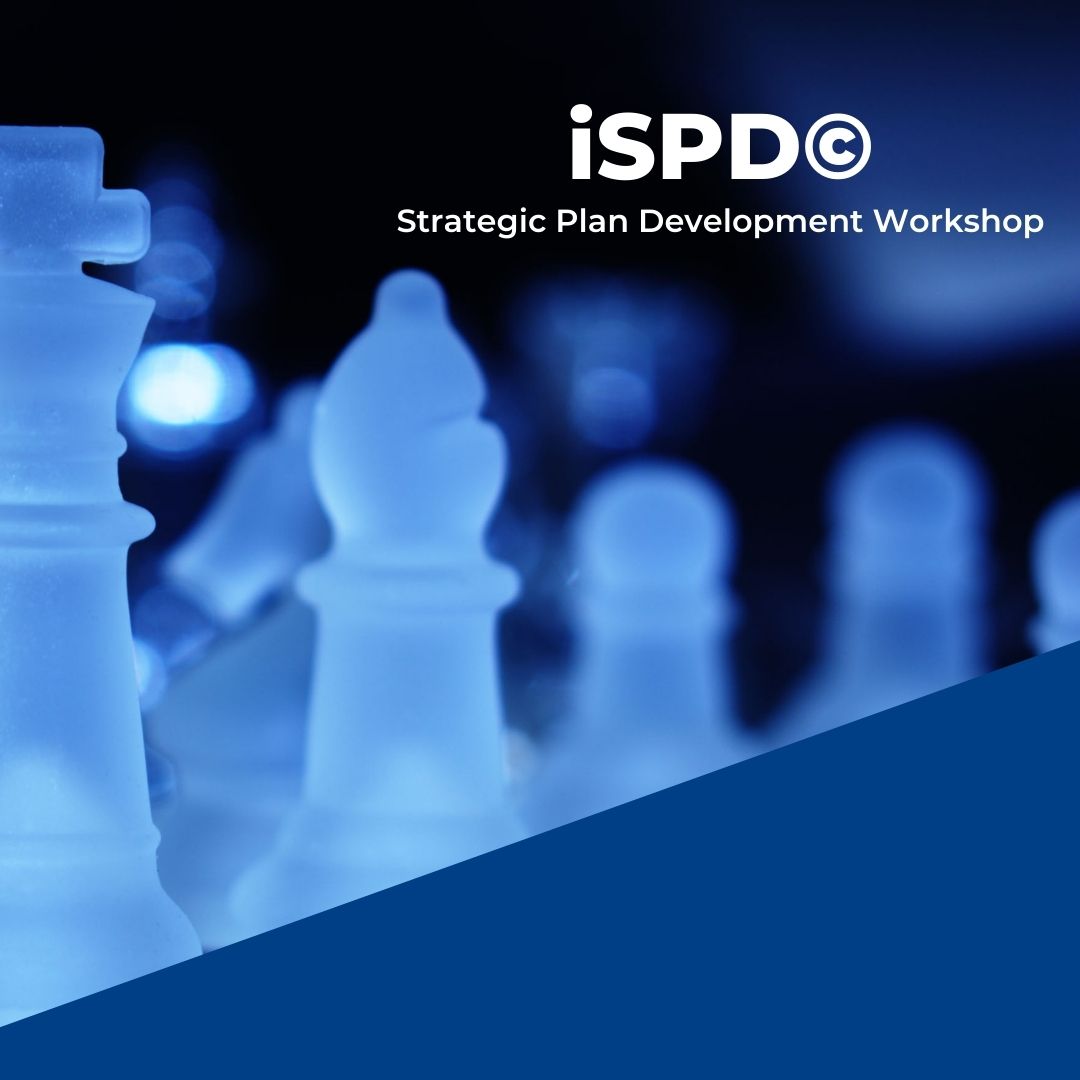Align
“If you don’t know where you are going, you are certain to end up somewhere else.” ~ Yogi Berra
Alignment is not spontaneous. It is a progression through which iSeek’s experienced management consultants guide clients toward more clarity of purpose, relevant goals, and innovative strategies to support those goals. The well-aligned organization spends less time deciding which projects to undertake and more time executing projects that fulfill its strategic goals and impact the bottom line.
Clarify Purpose & Relevant Goals Through
Strategic Planning & Goal Setting
Strategic planning and goal setting is an exercise that produces fundamental decisions and actions that shape and guide what an organization is, who it serves, what it does, and why it does it, with a focus on the future.
Why It Matters
Strategic planning is an organizational management activity that assesses and adjusts an organization’s direction in response to a changing environment.
Effective strategic planning articulates not only where an organization is going and the actions needed to make progress, but also how it will know if it is on the right path to be successful.
A strategic plan offers a much-needed foundation from which an organization can grow, evaluate its success, compensate its employees, and establish boundaries for efficient decision-making.
Get Help Developing Your Strategic Plan
iSeek’s Strategic Plan Development Workshop (iSPD©) is a resource that coaches organizations through the process of developing the five key components in a strategic plan or facilitating the activities vital in improving existing plans.
This tool is ideal for:
- Board of Directors
- Executive Leadership
- Senior Management
- Strategist

Strategic Plan Development Workshop
A disciplined and collaborative approach to developing a Strategic Plan led by our experts

Download Free iSPD©Guide
A glimpse of how the process is used for leading organizations through effective strategic plan development.
Organizational Structure & Control Systems
Organizational structure refers to the role-responsibility relationships of different employees in an organization. It facilitates the flow of information and actions both vertically and horizontally.
Effectively executing strategy depends on the skillful use of organizational control systems. Executives create strategies to try to achieve their organization’s vision, mission, and goals. Organizational control systems allow executives to track how well the organization is performing, identify areas of concern, and then take action to address the concerns.
An organization should be structured in such a way as to go beyond maximizing performance levels and effectiveness of operations. It should encourage participation and innovation throughout the organization.
Managers must find ways to encourage employees to be creative and to initiate process improvements, but must still retain enough control to ensure that employee creativity benefits the organization.

Project Decision Matrix
Decision-making is perhaps the most important component of the planning process. Objectives, goals, strategies, and policies are all decided upon to regulate the performance of the business. Decisions are needed both for tackling the problems as well as for taking maximum advantages of the available opportunities.
iSeek’s Decision Matrix Tool (iDMX©) enables the evaluation of competing demands, resulting in objective decision-making based on organizational value.
This tool is ideal for:
- Executive Leadership
- Senior Management
- Governance Teams

Project Decision Matrix
A factor-based measurement tool that removes subjectivity from project decisioning and prioritization.

Download Free iDMX© Guide
Describes our iDMX© resource & how it should be used for effective decision-making.
Corporate Governance & Stakeholder Engagement
Effective corporate governance and stakeholder engagement, when properly and consistently executed, drives strategic direction and informed decision-making, and positions an organization to achieve strategic imperatives. Healthy corporate governance is dependent on stakeholder collaboration and their willingness to improve the organization as a whole, listen to one another, and have the flexibility to change with the times while holding the core mission at the heart of the decision-making.

“The governance framework is there to encourage the efficient use of resources and equally to require accountability for the stewardship of those resources. The aim is to align as nearly as possible the interests of individuals, the organization and society”.
Paraphrase – Sir Adrian Cadbury
Meaningful outcomes of effective corporate governance and stakeholder engagement include:
- Alignment of business initiatives with strategic goals
- Recognition of legitimate needs and concerns
- Organization-wide prioritization
- A qualitative process that uses cost-benefit analysis as a tool for effective decision-making
- Management of resource demand against capacity
- Timely and comprehensive identification of key stakeholders
- A continuous dialog with stakeholders that supports transparency, relationship-building, and collaborative problem-solving.
More Solutions For Achieving Your Objectives
View our full portfolio of Solutions that enable our clients to Align, Optimize, Empower, and Succeed in all aspects of their business.